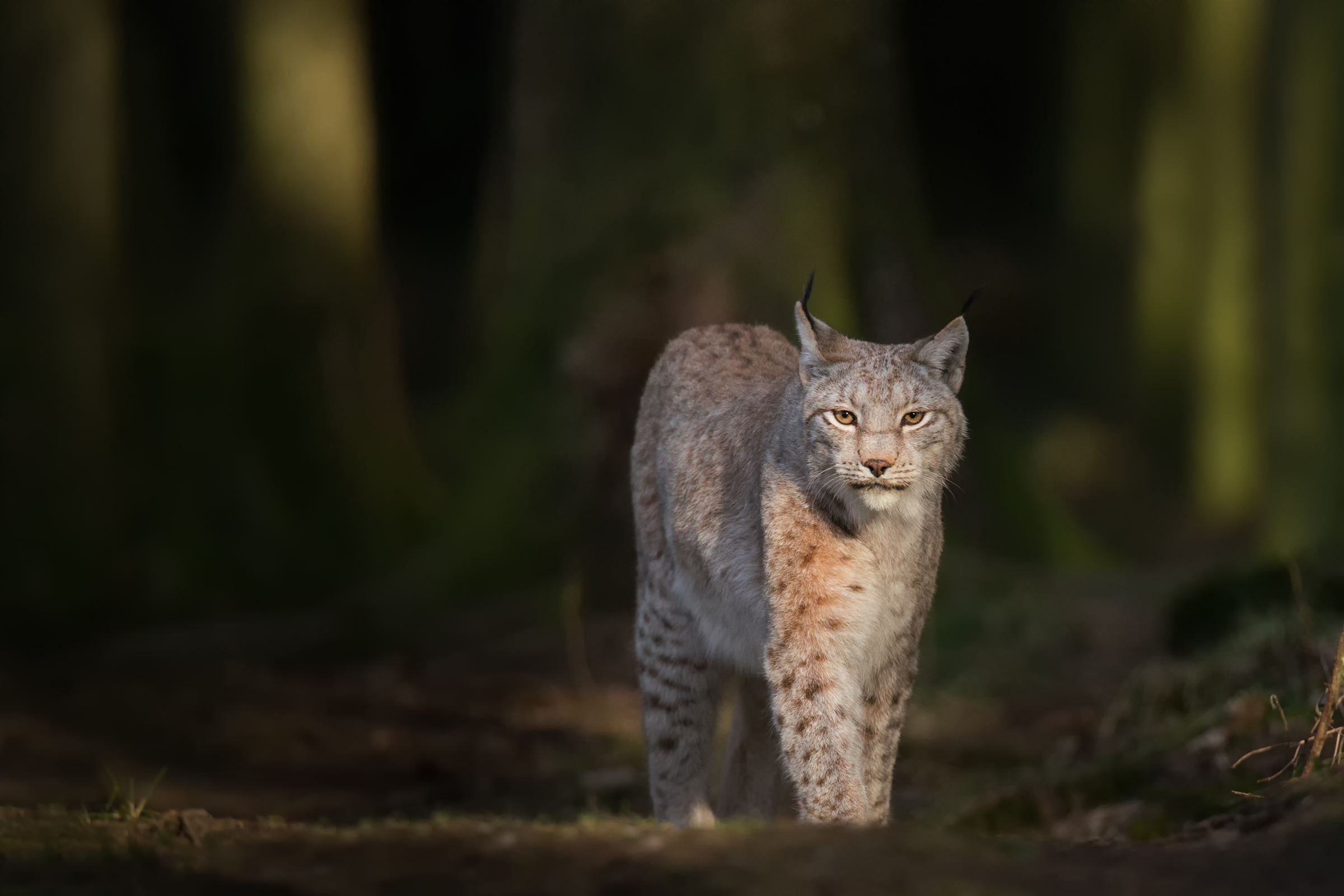“It must be the Eurasian lynx, not the Iberian lynx. The Iberian lynx has never been native to the UK – the evidence supports the Eurasian lynx and there’s nothing more to it…”

Beginning a career at a magic circle law firm, I was well aware that I would be given exposure to “market-leading” practices with “big-ticket” work. Indeed, I knew that every day I would be immersed in a culture of thought leadership as I played my part in interesting and sometimes rather unusual matters.
I can honestly submit, however, that I did not expect to find myself explaining to a colleague why it is that Eurasian lynx are the appropriate species of wild cat for a carefully planned reintroduction to the United Kingdom, rather than their somewhat smaller cousins, the Iberian lynx. Nonetheless, this is in fact a distinct possibility for any trainee at Clifford Chance, and is where I happened to find myself on week two of my training contract.
Two years after the event and I am a newly qualified associate in the property litigation practice at Clifford Chance, although I still run a healthy wildlife conservation (pro bono) practice on the side. Our firm’s approach to pro bono work provides me with the privilege of advising a number of wildlife conservation organizations across the world, with which I have been involved since the outset of my time here.
In particular, during the beginning of my training contract I was encouraged to reach out to a conservation organisation whose idea I thought was inspiring (if a little surprising), the Lynx UK Trust. The Lynx UK Trust is proposing a scientific project to trial the return of the Eurasian lynx to our forests, reversing their brutal removal from the British countryside several hundred years ago and bringing a host of associated ecological benefits.
Turning to the question that may now be on your lips – what is a magic circle law firm able to offer to a charity hoping to reintroduce a wild cat to the forests of Northern England?
As it turns out, the answer is at least three lever-arch folders of legal advice (and counting), along with a few hundred hours of planning, strategic discussions and project management.
Since being instructed in September 2015 we have been ensuring that both our client and the United Kingdom are in compliance with their obligations under EU law (of course, now a tender topic), being the original source of much of our statute books’ discussion of wildlife conservation. In doing so we have encountered everything from dry legislation governing the transport of livestock to our nation’s little known obligation to bring back endemic species of animal, such as the charismatic lynx. It is a rewarding feeling to have spent hours examining a body of often vague and sometimes indecipherable legal text, to emerge with a robust legal case in favour of your client’s honorable purpose. Thankfully, this is something I can say we have done on several occasions!
Now, of course, our team is assessing what impact Brexit may have on Lynx UK Trust’s activities, which provides yet another contour to what was already a complex legal landscape. On this topic, there’s little more to say until we hear something further from the powers that be.
Looking ahead, towards the end of this year we will be instructed to prepare a detailed application to Natural England and DEFRA for a licence to bring our whiskered friends back to England. Given the skills our team require for their work in transactional and contentious law, we will be well placed to lay out powerful and well evidenced arguments in favour of a positive decision.
As someone who loves the great outdoors, having a passion for the conservation of wildlife and biodiversity, I never imagined I would be so lucky as to work on such an innovative project, which is truly leading in its field. It’s a pleasure to balance this pro bono project alongside my work in the property litigation team, and I’m now looking forward to a challenging few months preparing the final leg of the journey.
Adam Eagle is a lawyer at Clifford Chance






























And the struggling tenant farmer trying to make a living is considered less important against the office based ‘environmentalists’ idea of what is ecologically correct for the countryside. How many lever arch files full of paper did you create? I rest my case.